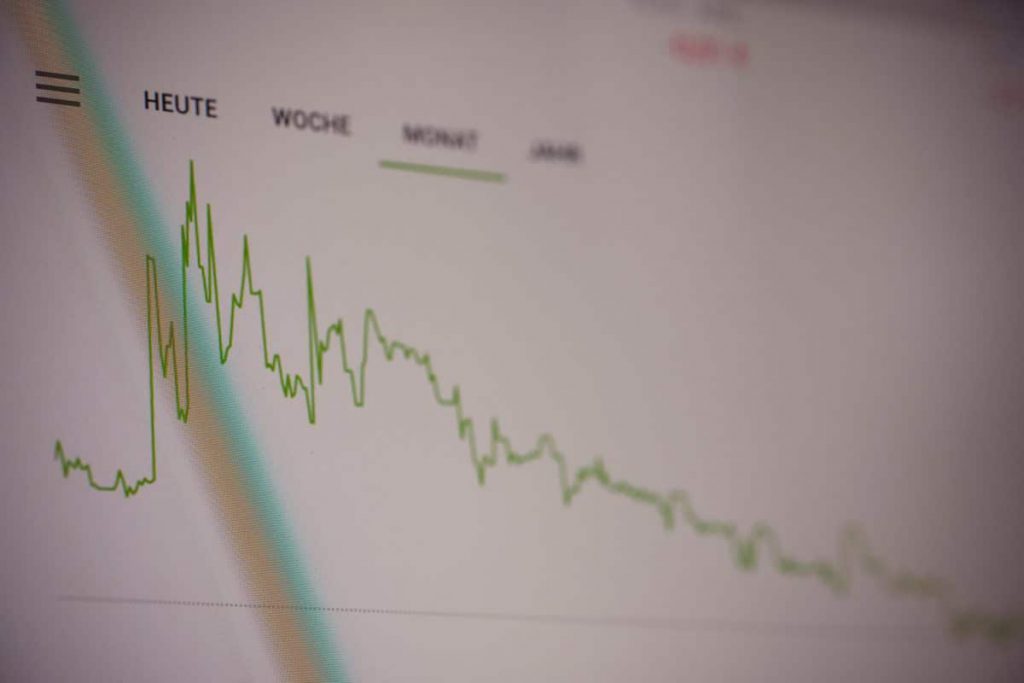
Effects of Inflation: Economic Trends and Pressures
The effects of inflation, a complex economic phenomenon, are again in the spotlight as the US inflation data is poised for release. Anticipate that the upcoming report will unveil a minor inflation bounce, attributing it to the increase in oil prices. This article delves into the intricacies of inflation, exploring how various factors, such as rising commodity prices, interest rates, and supply disruptions, shape its course and impact on global economies.
Rising Commodity Prices: A Catalyst for Inflation
Traders worldwide are keeping a vigilant eye on the upward trajectory of commodity prices, with European natural gas spearheading the trend. The persistent concerns about potential industrial strife in Australia, capable of disrupting global supply chains, have contributed to European natural gas remaining above €40. Citigroup Inc. analysts predict a potential doubling in January of European gas and Asian LNG contracts due to potential disruptions. Additionally, other vital raw materials like crude oil and rice are following suit, with crude oil hovering near a nine-month high and rice surging to its highest level in nearly 15 years.
Interest Rates and Inflation Dynamics
The link between interest rates and inflation is a cornerstone of monetary policy. Central banks often increase interest rates as inflation accelerates to curb excessive spending and investment. Conversely, when inflation is subdued, central banks may lower interest rates to encourage borrowing and spending, stimulating economic growth. The Federal Reserve’s expected rate pause amid falling core inflation highlights the delicate interplay between interest rates and inflation management. This is also with policymakers aiming to strike a delicate balance to maintain stable economic conditions.
Demand-Pull and Cost-Push Inflation: Unpacking the Mechanisms
Two primary forces propel inflation: demand-pull and cost-push. Demand-pull inflation occurs when aggregate demand surpasses supply, leading to higher prices. The European natural gas situation shows that rising commodity prices and supply chain disruptions can contribute to this inflation. On the other hand, cost-push inflation arises from increased production costs. This is, however, often due to factors such as higher wages or input prices.
In conclusion, the effects of inflation are multifaceted, encompassing factors like demand pull and cost push dynamics, fluctuating commodity prices, and the pivotal role of interest rates. The upcoming US inflation report indicates a careful balancing act for policymakers as oil prices rise and core rates decline. A possible rate pause looms, but watchfulness is crucial as the global economy navigates complex inflation-driven terrain.


